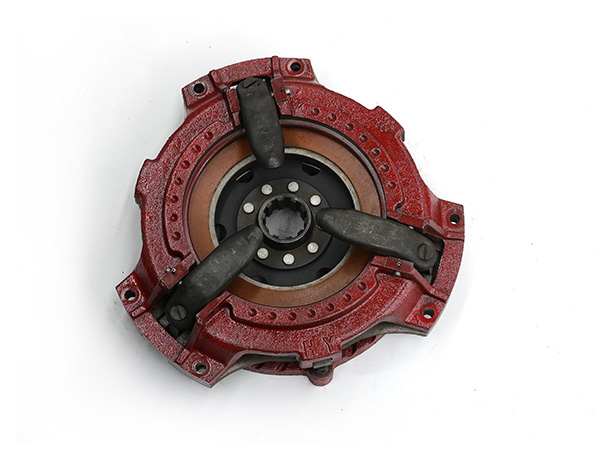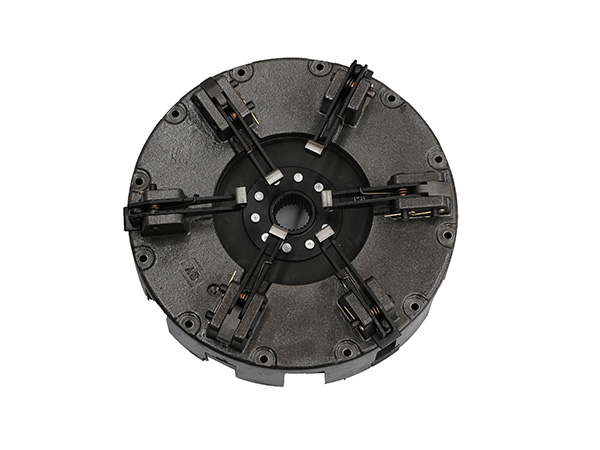Introducción
In the world of agriculture and heavy machinery, tractors stand as essential workhorses. Central to their performance is a mechanical marvel known as the según el tamaño de la resistencia del motor Pise gradualmente el pedal del acelerador. This critical component enables seamless power transfer between the engine and transmission, Asegurar una operación suave, la eficiencia, and control. En esta exploración técnica, we delve into the intricate world of tractor clutches, desentrañando su estructura, funciones, y mantenimiento.

I. Anatomy of a Tractor Clutch
A tractor clutch comprises several key components that work in harmony to facilitate power transfer:
Pedal de embrague: The operator engages and disengages the clutch using the pedal, regulating the power flow between the engine and transmission.
Placa de embrague: Also known as a friction disc, the clutch plate is a high-friction material placed between the pressure plate and the flywheel. It transfers power from the engine to the transmission when engaged.
Placa de presión: The pressure plate, mounted on the flywheel, applies force to the clutch plate, compressing it against the flywheel when engaged. This pressure allows power transfer to the transmission.
Cojinete de liberación: El rodamiento de liberación, también conocido como cojinete de desecho, disengages the clutch when the pedal is depressed. It separates the pressure plate from the clutch plate, interrumpir la transmisión de energía.
Volante: El volante es pesado., rotating disk attached to the engine’s crankshaft. It stores rotational energy and provides a smooth surface for the clutch plate to engage with.

II. Clutch Operation: Engaging and Disengaging
Compromiso: Cuando se suelta el pedal del embrague, hydraulic or mechanical force applied to the pressure plate compresses the clutch plate against the flywheel. This connection allows power to flow from the engine to the transmission, permitiendo que el tractor se mueva.
Retirada: When the operator depresses the clutch pedal, el cojinete de desembrague empuja contra la placa de presión, creating a gap between the clutch and flywheel. This disengages the engine from the transmission, allowing the tractor to idle without moving.
III. Types of Tractor Clutches
Embrague de placa única: Common in smaller tractors, this clutch type features a single clutch plate and pressure plate. It is relatively straightforward and easy to operate.
…
For more detailed information about the tractor clutch structure, por favor haga clic aquí: https://www.syclutch.com/news/tractor-clutch-structure.html


